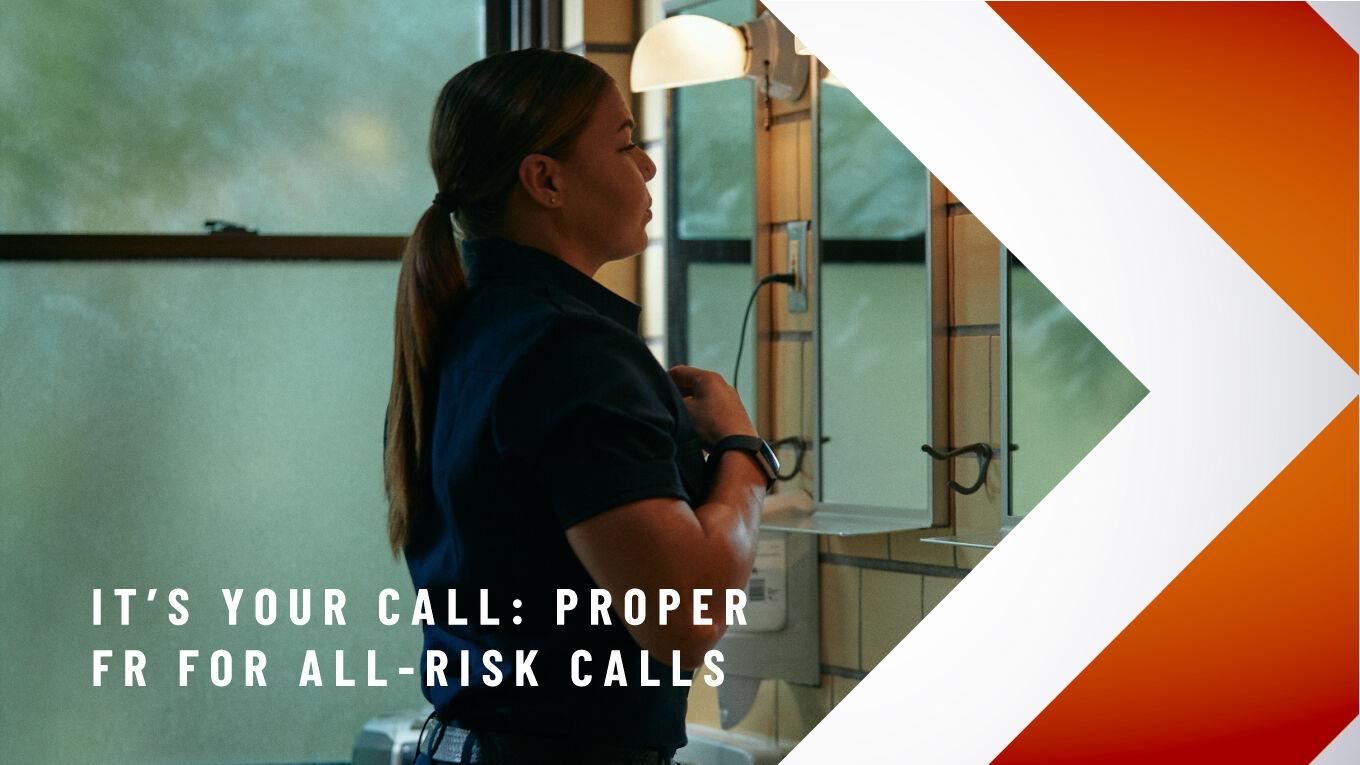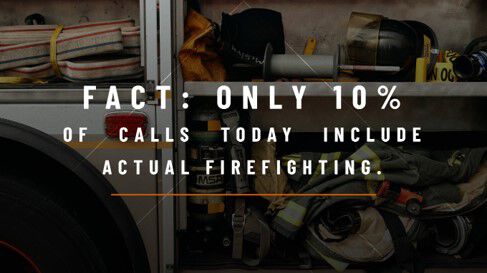All-risk Calls Make FR Station Wear and Base Layers a Must-Have

Key takeaways from this article:
• Fire departments are responsible for workers' safety, often investing in top-quality personal protective equipment (PPE).
• Despite only 10% of calls involving firefighting, "all-risk" (non-fire) emergencies can still lead to burn injuries due to exposure to open flames, sparks, hot surfaces, or flammable materials.
• Firefighters wear less turnout gear during these all-risk emergencies, making underlying clothing their primary protection.
• Industry standards discourage synthetic blends or performance garments as they can melt, increasing burn risks.
• Flame-resistant (FR) station wear and base layers offer added protection and are recommended as part of primary PPE for all firefighters.
Heads up, employers. The Occupational Safety and Health Administration (OSHA) places workers’ safety squarely in your hands. One of the ways fire departments are meeting this requirement is by investing in top-notch turnout gear—the coats, pants, structural hoods, facemasks, SCBAs and other pieces of personal protective equipment (PPE) that keep firefighters safe when battling fires.
The problem is, only 10% of calls today include actual firefighting. The overwhelming majority are for “all-risk” (non-fire) emergencies (1). These calls include roadway incidents, vehicle extrications, medical assistance, hazmat calls, urban search and rescue, high- and low-angle rescue, and swiftwater and flood rescue. Unfortunately, because these calls don’t include an apparent fire, firefighters will often remove pieces of their turnout gear, or wear it improperly, once at the scene. This leaves whatever they’ve chosen to wear under their gear as their first and only line of protection.
Firefighters can and do face burn injuries during all-risk calls. They often encounter open flames, electrical sparks, hot surfaces and a wide variety of ignition sources that can cause fires or explosions from flammable chemicals, dust, gas and vapors of ignitable liquids. If firefighters show up wearing clothes made of synthetic blends or performance fabrics, they face the additional risk of these materials melting and dripping. This is why none of the industry consensus standards governing firefighters’ PPE approves of synthetic blends or performance garments.

So what’s the solution?
Make flame-resistant (FR) station wear and base layers a must-have part of every firefighter’s primary PPE. Not only do these specially manufactured, self-extinguishing garments provide an additional layer of protection under turnout gear, they create a barrier against burn if that gear is removed. Given the ever-changing nature of firefighters’ work, moving to FR station wear and base layers just makes sense.
Learn more about the benefits of FR station wear and the industry standards that certify it in our detailed whitepaper.
(1) FEMA Topical Fire Report Series, Volume 20, Issue 1, May 2019: Fire Department Overall Run Profile as Reported to the National Fire Incident Reporting System (2017), page 1, https://www.usfa.fema.gov/downloads/pdf/statistics/v20i1.pdf.